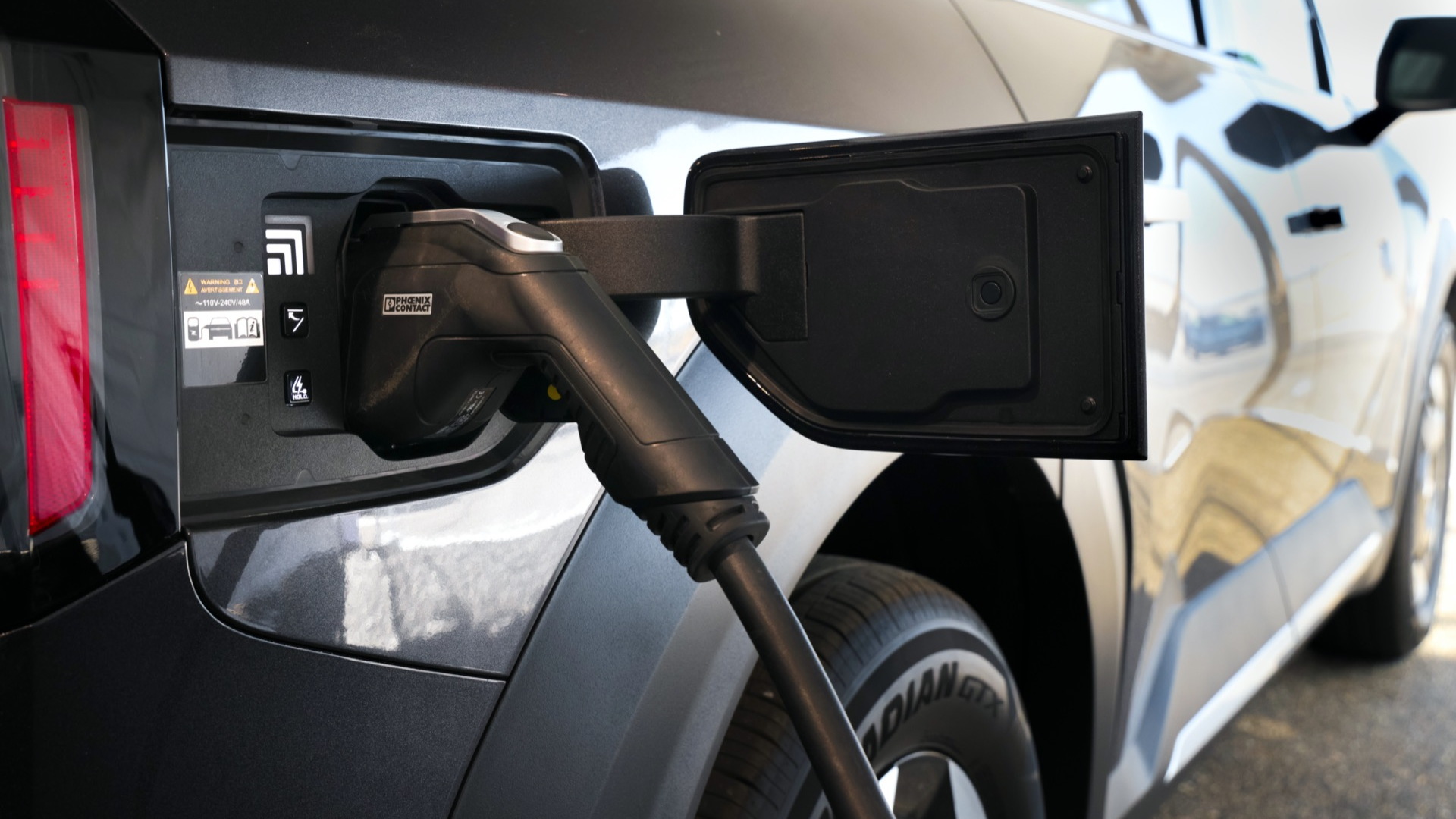Living in an apartment or lacking a garage shouldn’t stop you from going electric! While most people charge their electric cars at home in the garage, there are alternatives for those without one. Even with just a driveway or assigned parking space, charging is still possible.
Here’s the key: you’ll need a dedicated parking spot and an electrician to install a special charging station called an EVSE. This unit is weatherproof and can be mounted on your building’s exterior wall or a freestanding pole. Just remember, depending on your area’s regulations, you might need a permit before installation.
The cost of an EVSE can range from $500 to $1,200, depending on features and setup. Make sure the cord is long enough to comfortably reach your car’s charging port. So, even without a fancy garage, owning an electric car is still a viable option!

Ideally, your building would have charging stations in the parking lot or garage. You could even ask your landlord or condo board to consider installing them. Companies like ChargePoint can help with the process, but convincing everyone might take time.
Another option is installing your own charger in your assigned parking spot. However, this can be expensive, and you’d leave it behind if you move. Plus, there’s no guarantee someone else’s car won’t be blocking it.
The good news: some workplaces are adding EV chargers for employees. While not everywhere offers this perk, some states are even giving companies incentives to do so. So, check with your employer – you might be able to charge up at work!

Before you buy an EV and rely solely on public stations, do your homework! Websites like PlugShare.com have maps showing charger locations near your home, work, and favorite spots.
There are two main types of public chargers: Level 2 and Level 3 (also called DC Fast Charging). Level 2 is more common and takes longer, but some are still free to use. Level 3 is super-fast, charging your car up to 80% in about 30 minutes, but you’ll usually have to pay. Pricing can vary depending on location, with some charging per kilowatt-hour (kWh) used and others by the minute.
To use public stations, sign up for a charging network like Electrify America, Blink, ChargePoint, or EVgo. They’ll usually give you a card to start charging and a phone app to find stations, see what type of charger they are, and even check if they’re available!

